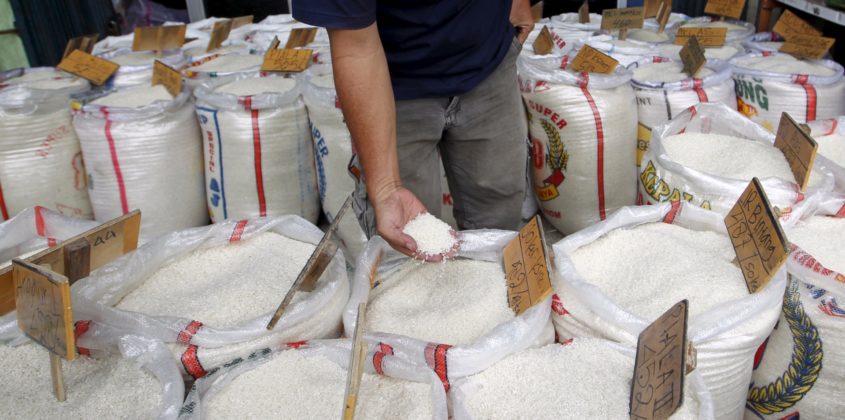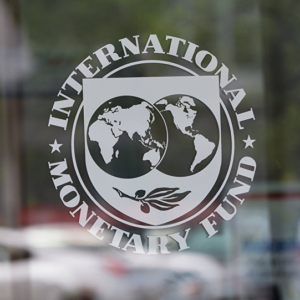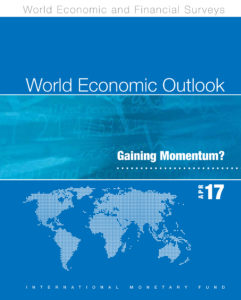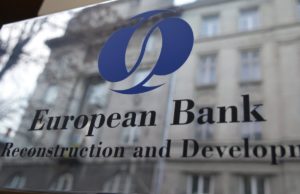Bosnia’s 2017 Economic Growth Forecast Lowered By IMF To 2.5%


In April, the International Monetary Fund lowered its forecast of Bosnia’s economic growth from 3.2 percent down to 3.0 percent. This was contained in the World Economic Outlook report. The same report stated that Bosnia’s economy is expected to grow from 3.5 percent in 2018 before going up to 4.0 percent in 2022.
This seemed good news for a country whose financial incapacitation has continued to limit is come in the way of its demining deadline. Experts predict that the 2019 deadline to rid the nation of residual landmines may just slip away owing to lack of funds.
In October, the International Monetary Fund (IMF) lowered further their initial projection of 3.0 percent down to 2.5 percent as contained in the latest edition of the World Economic Outlook (WEO) report.

The updated WEO report posted on the IMF website also saw the lowering of Bosnia’s expected economic growth in 2018 from 3.5 percent to 2.6 percent. The October report upholds the April prediction that Bosnia will witness its first inflation in 2017 after four consecutive years of deflation. The end-of-period inflation of 2017 was put at 2.3 percent while that of 2018 was placed at 1.4 percent.
The April report put the country’s account deficit at 6.3 percent of GDP in 2017 and the following year but expected to narrow down to 4.3 percent in 2022. In the October report, the projection of the current account deficit of the country was revised to 4.3 percent of GDP in 2017 with a 0.1 percent drop in 2018.
The economic instability, growing poverty and corruption remains some of the reasons why the peace enjoyed in the Balkans is said to be volatile. To make sure that the region doesn’t slide back into violence, the EU has extended its mission in Bosnia and Herzegovina and continues to maintain a strong presence in the region.
Besides maintaining the peace in the region, many experts think the EU can and need to do more for the Balkans especially in the area of restoring political sanity and promoting true democracy in the region.

In 2016, the World Bank had predicted the growth of Bosnia’s economy by 3.9 percent by 2019. Information from the bank of Western Balkans made up of Macedonia, Albania, Montenegro, Bosnia and Herzegovina, Serbia, and Kosovo predicted an economic growth of 3.2 percent in 2017 and 3.6 percent and 3.7 percent respectively in the two subsequent years.
Other forecasters have also given their versions of economic growth – and contractions – for Bosnia and Herzegovina. One of such economic outlook came from the European Bank for Reconstruction and Development (EBRD). Earlier in the year, EBRD lowered the country’s economic growth from 3 percent to 2.5 percent.
The decision of EBRD was largely influenced by Bosnia’s inability to complete the initial review of the 3-year IMF programme as stated in its latest Regional Economic Prospects report. A note from EBRD read;
“Some positive trends have been recorded in high frequency data in the first months of 2017, notably in exports, but completion of the first review of the 3-year IMF programme has been held up for several months, delaying implementation of some key infrastructure projects and jeopardizing their funding.”
Source: Seenews
